On Sunday I took part in a pretty interesting workshop.
If I understood correctly, it was organized by Archipelago and JEAN – Japan Environmental Action Network (as well as Ogi de Asobitai?) and led by Yoshifumi Oshima. It was about creating picture frames from various scraps and junk found on the area’s island beaches.
I hopefully won’t teach you anything when I say that the seas all over the world have become real garbage dumps, and it’s pretty much the same for most coasts. And if big cities and famous beaches have the means to clean them up, it is not the case for many places, included the Seto Inland Sea islands about which I talk about all year long on this blog. So, these are NPOs and volunteers who clean the beaches as much as possible. More details about them later.
Why did I take part in this workshop?
Well, for a few reasons:
- While my level of Japanese doesn’t allow me to actually communicate with the locals yet, I feel it’s never too early to start getting involved and becoming part of the community, and starting meeting the people who love the islands as much as I do (if not more) is not exactly a bad idea in my opinion.
- Along the same lines, I feel that I want to be useful to the islands as much as possible. “Beachcombing” is definitely part of the things I want to do in the future, and this workshop was also a way to get more acquainted with it and the people who do it.
- Finally, I’ve recently had the itch to start making things. I mean physical things. I have this blog, I love it, I have no intention to stop writing it in the foreseeable future, but lately I’ve also felt the need to create something one could touch and feel, not just read on a computer screen. And as Mr. Oshima is partly responsible (unbeknownst to him and along with my friend Thierry) for that itch, I thought it’d be a good idea to make my first steps in “making things” under his direction.
While brief, the experience was interesting. I still have a lot to learn before being able to make anything decent or even interesting, but that was not the goal there. The goal was to make something. I’m sure you’re very curious about what I made, but unfortunately for you, you won’t see it on this blog, as I’m not exactly proud of it. If you really insist, you can see a glimpse there, although I actually advise you to check out what the man on the right in the first picture made, much more interesting than trying to get a peek of my “works”.
One last thing about the workshop. It is one of those little things I love about Japan (or at least in Takamatsu, but I’m pretty sure that it’s the same in the rest of the country), this habit NPOs have to organize events where people actually do/make/create things, not just watch how it’s made or listen about the thing.
Because, the main point of the workshop was not just for us to become wannabe artists but to raise awareness about the issue of all of that trash that is on the oceans and lands on beaches everywhere. An issue that doesn’t seem to have a real solution as long as rich countries will keep on having this over-consumption lifestyle.
It seems obvious, but facing that reality makes you realize how bad the problem is. Along with the workshop there was a small exhibit of sample of things that have been collected on the Seto Inland Sea beaches.
Yes, I know, not exactly a heartwarming post, but that too is a reality that should be mentioned.
However, the point of this workshop (and other initiatives): creating something from this junk, made me think that this could be a solution, not to solve the problem (I’m not too optimistic here) but to minimize it. To develope some sort of beachcombing recycling industry, the same way there is one for paper and glass and all. Maybe…
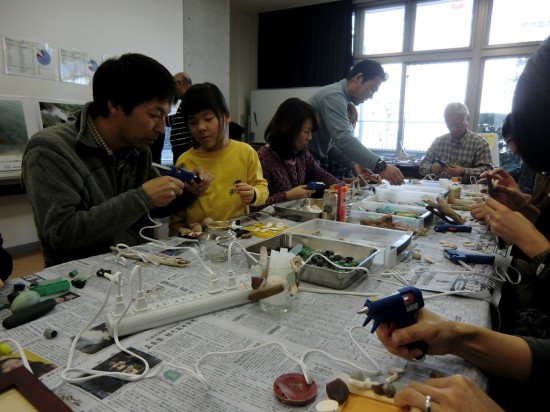
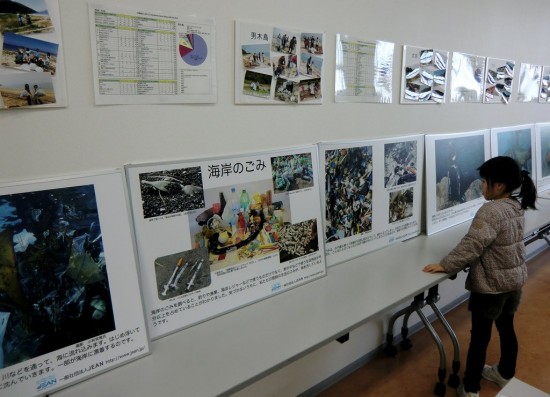
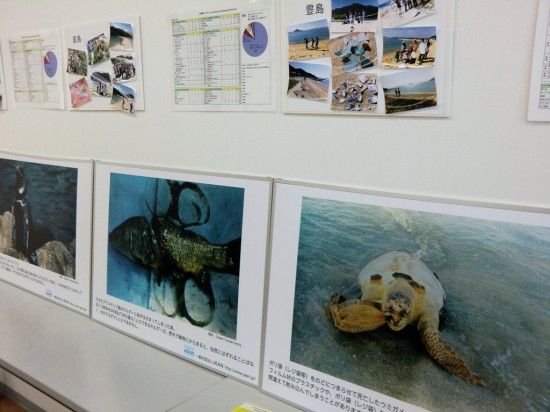
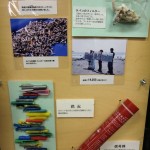
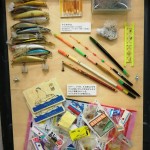
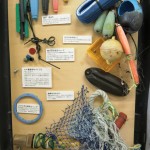
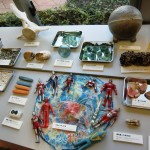
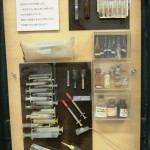
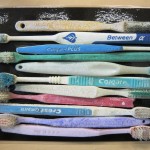
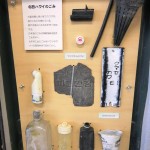
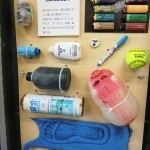
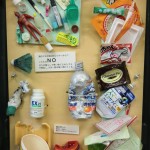
It’s terrible that the sea is used as a dumping ground for so much rubbish with all the bad effects this has on the environment and wildlife. Your beachcombing and recycling idea is a good one – every little helps.
Lovely photo of you all.
Thanks.
Yeah, I wonder why no entrepreneur has started businesses about beachcombing and recycling. Not enough profit to be made probably.
Very interesting post! It’s terrifying to think that the ocean has become our biggest garbage dump. PS: This post also introduced me to onba. I want one for transporting my books!
LOL.
Unfortunately, Onba from the Onba Factory are not for sale.